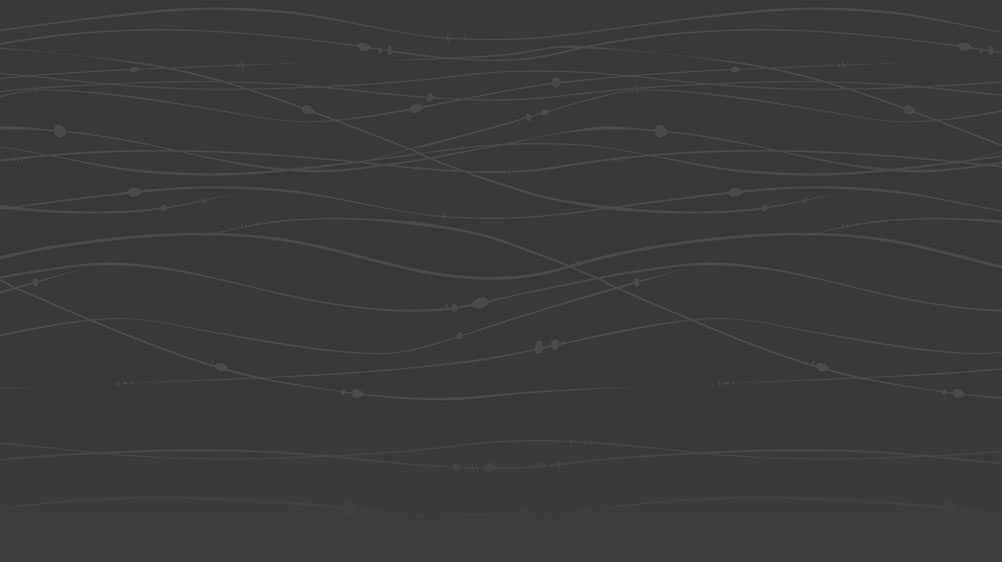

written by Alicia Pérez-Fuentetaja
A recent research paper published in Environmental Science and Technology Water portrays Biology graduate student Benjamin Szczygiel’s thesis work on Daphnia magna. The paper focuses on various approaches to remove pharmaceuticals and personal care products from the pretreated wastewater that is released into our lakes, rivers, and ocean. “Effects of advanced oxidation on wastewater effluent ecotoxicity: A novel assessment through the life history and lipidomics analysis of Daphnia magna” uses life history analysis of Daphnia raised under wastewater effluents subjected to different clean-up methods. An original approach for this research was to also analyze the lipid profiles of the Daphnia exposed to the treatments, which showed how the animals responded to the stress caused by the different combinations of water chemistry. Overall, the best clean-up method for pre-treated wastewater effluent was a combination of UV light and hydrogen peroxide, which caused minimal stress on Daphnia and did not impact reproduction. The artwork depicting this project (created by one of the co-authors) was
chosen for the journal’s cover.
Ben Szczygiel was advised by Dr. Pérez-Fuentetaja and his thesis work appeared in our Spring 2019 newsletter “Treating the treatment: Examining cost effective methods to further clean sewage effluent.” After completing his thesis, Benjamin Szczygiel joined Purdue University and works for the Illinois-Indiana Sea Grant as a buoy specialist, operating buoys that collect data from Lake Michigan. As we move towards more unpredictability in the Great Lakes due to climate change, his focus
includes data collection, interpretation, outreach to boaters and anglers, and teaching.
Image caption: The cover illustration shows Daphnia swimming and pharmaceutical molecules being broken down by UV light. Credit: ACS ES&T Water
Some content on this page is saved in PDF format. To view these files, download Adobe Acrobat Reader free. If you are having trouble reading a document, request an accessible copy of the PDF or Word Document.
